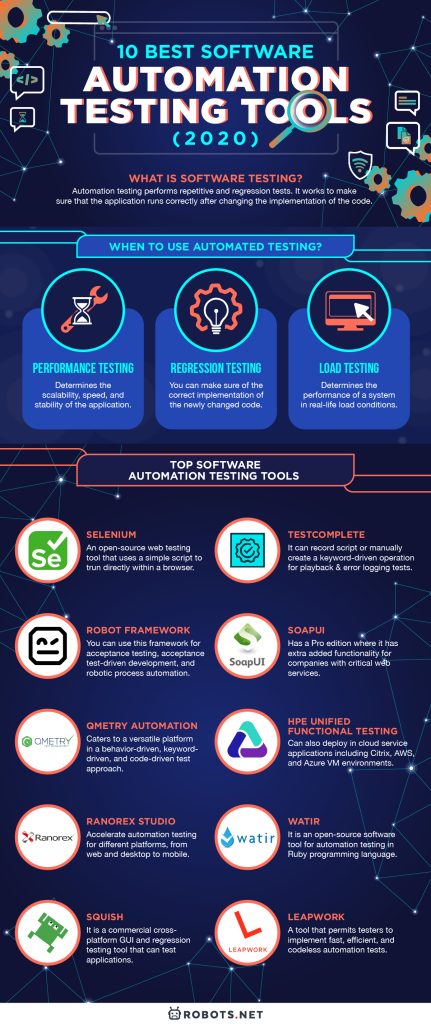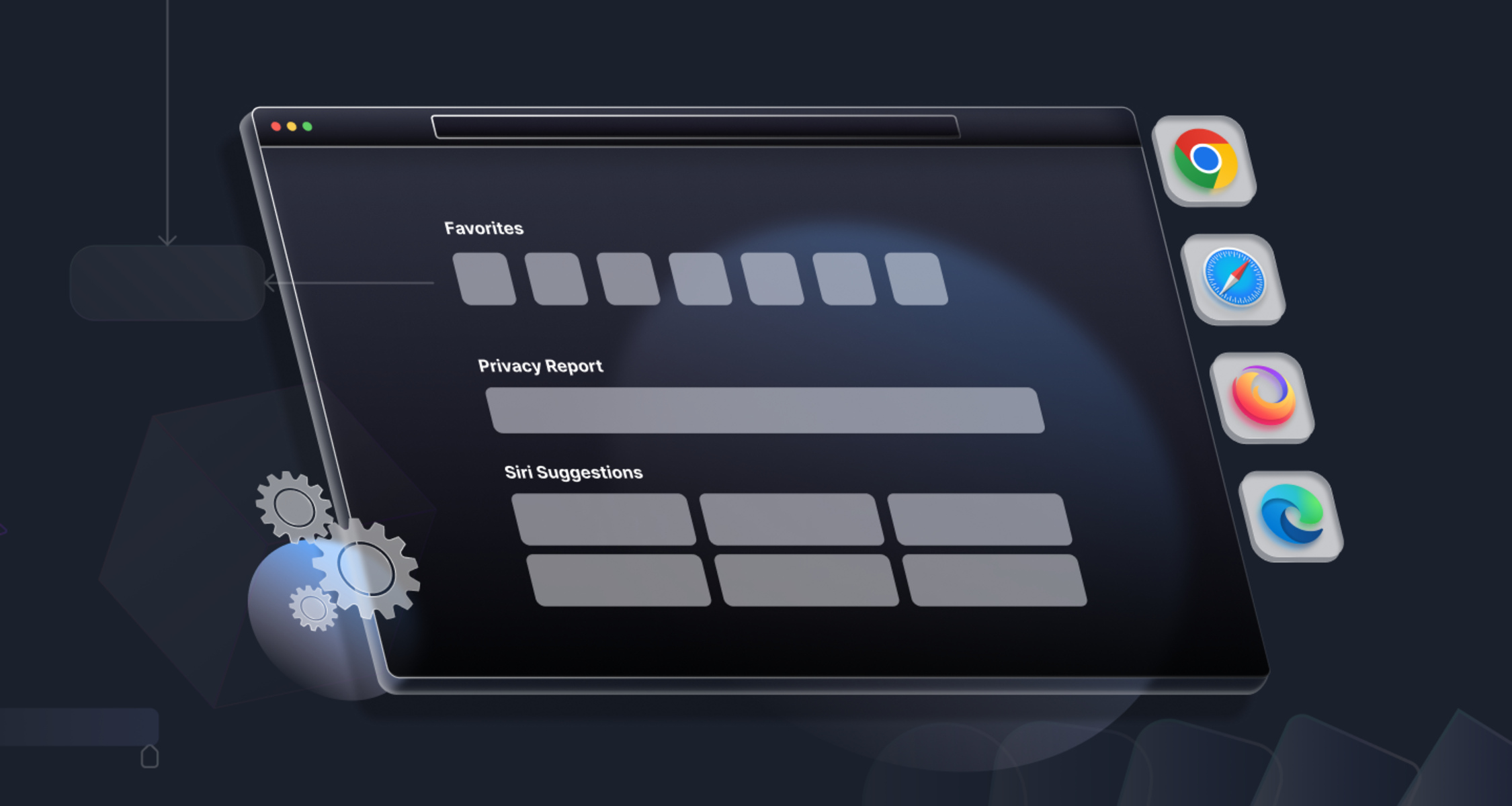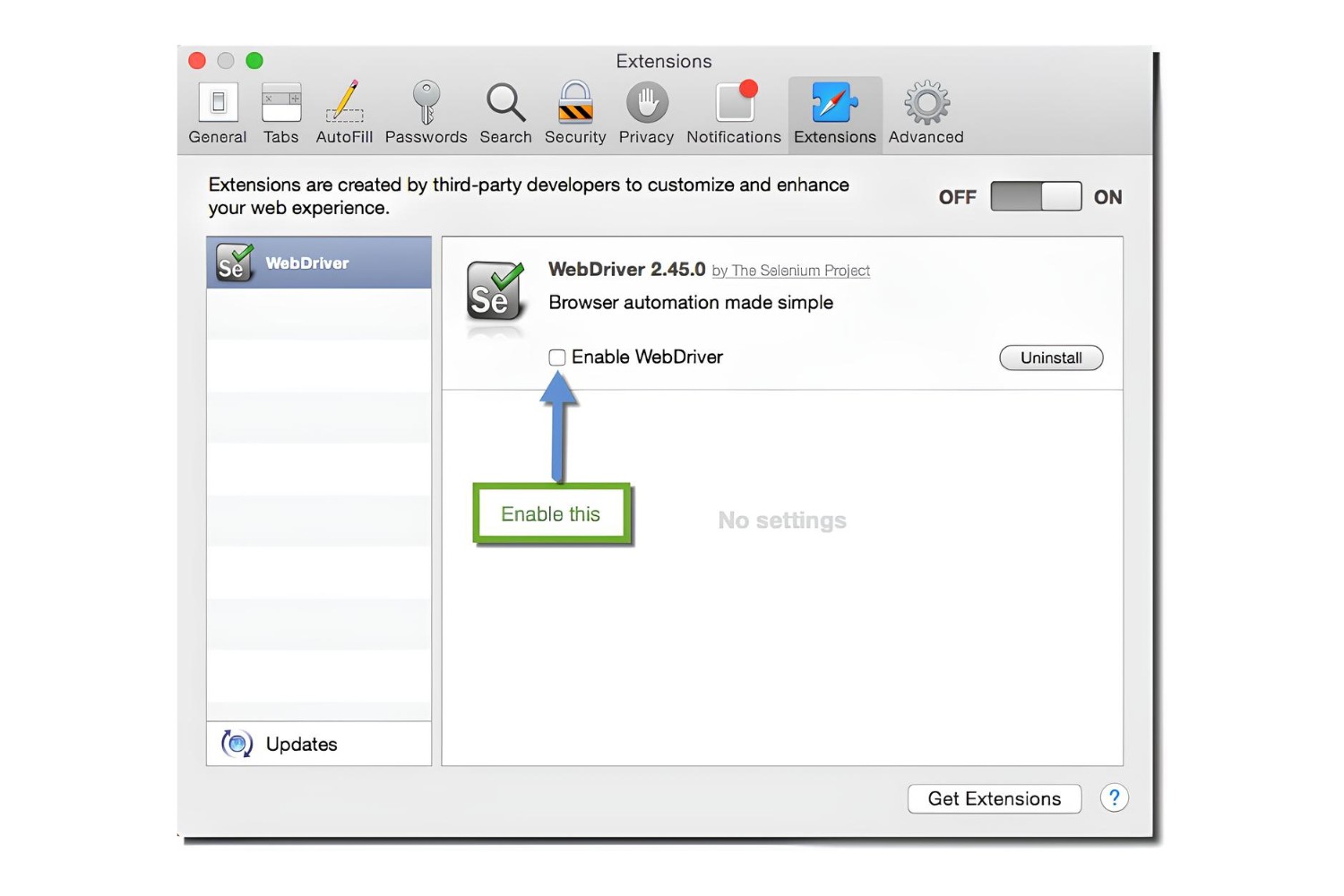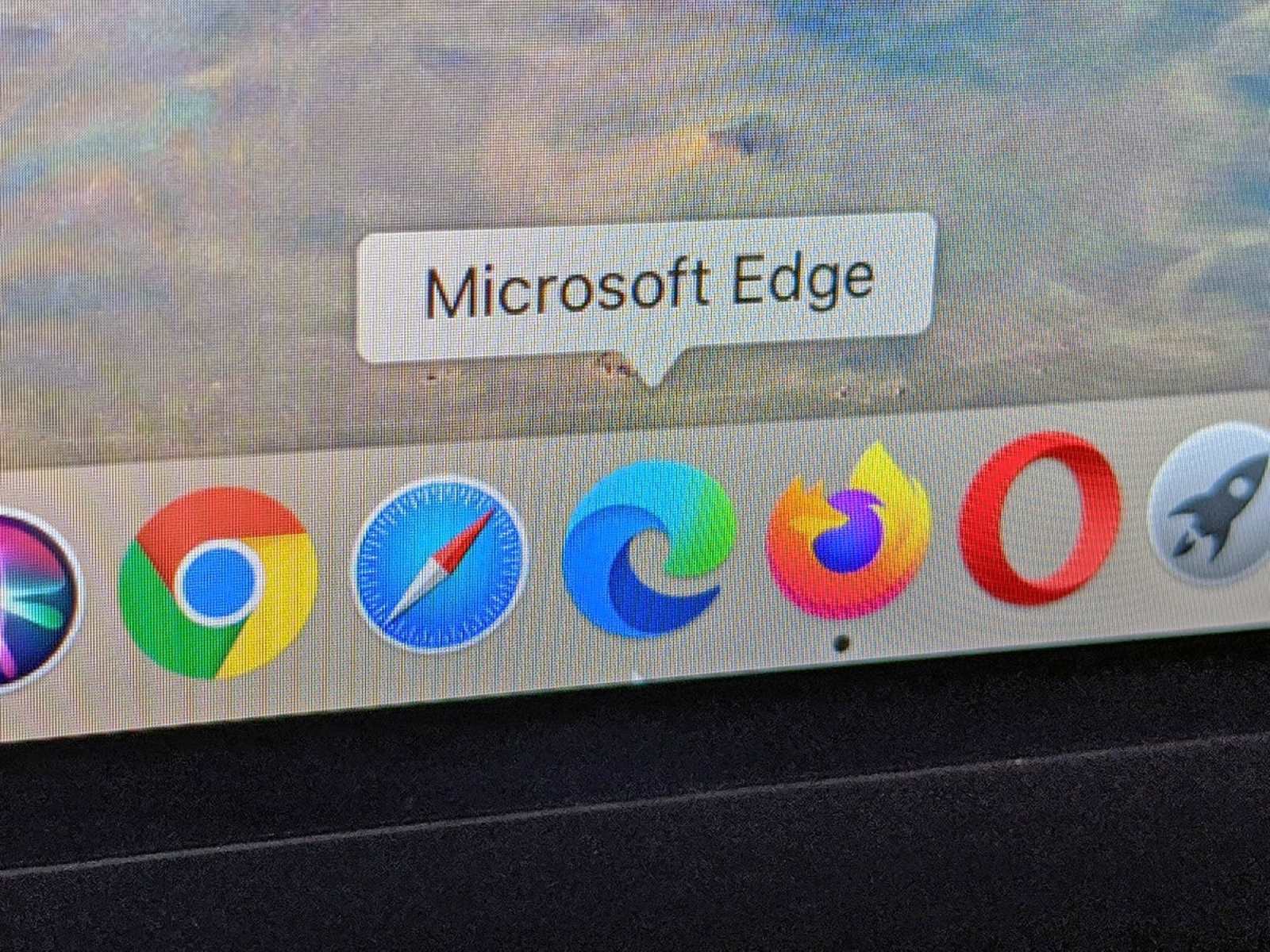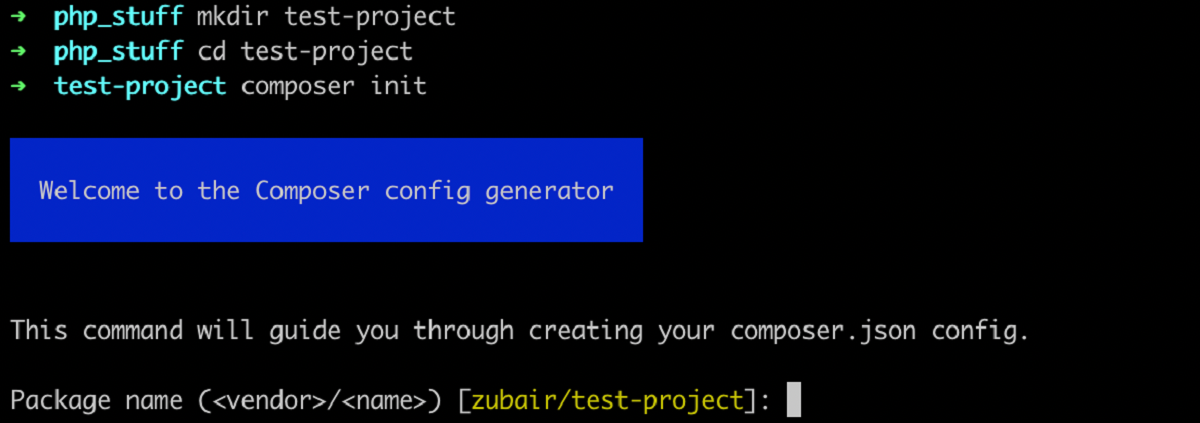Are you burned out of fixing unending bugs in your program? Do you need tools to use in your testing phase? Here are some tips on the different software you can use in automation testing.
What Is Software Testing?
In software development, assuring the quality of the application is an important aspect to satisfy the customers. In the software development life cycle (SDLC), the testing phase will focus on the discovery of unnecessary codes. In addition, it will check if the program works correctly. It will also make sure to achieve the required specification according to clients. As a rule of thumb, a test plan is laid out properly. This helps to specify how the software is checked by every tester.
Meanwhile, using test scripts will allow testers to ensure the consistency of the processes. In every SDLC, there is a specific type of testing for every tester.
Some software testers use manual testing. Others would use automation testing. Manual testing, by definition, allows the software tester or QA analyst to manually execute software testing. Common tools used are MS Excel, screen recorders, and screen capture.
Do you think manual testing is boring? it gives a little pressure to check all those bugs in the system without the help of any other tools. Instead, you have to use your own eyes, senses, and knowledge.
Manual testing is prone to human errors. By comparison, automation testing works on a pre-defined test script, which runs automatically. The script will compare the actual results with the expected results. This also determines if the application performs as expected or not.
Automation testing performs repetitive and regression tests. It works to make sure that the application runs correctly after changing the implementation of the code. Some organizations would simply use both manual and automation testing to assure the quality of their product.
When to Use Automated Testing?
Some companies would use both manual and automation testing. Here’s when and how automation testing is best suited in software development.
Performance Testing
Performance testing determines the scalability, speed, and stability of the application. Also, it removes any performance bottleneck issues.
Regression Testing
By performing regression testing, you can make sure of the correct implementation of the newly changed code. It won’t affect the existing functionalities of the application. Some companies practice this kind of testing with the aid of automation scripts. This is along with the test cases before the release of the application to the production environment.
Load Testing
Load testing helps to determine the performance of a system in real-life load conditions. Using automated scripts, it discovers how the system behaves when there are multiple users that access the application simultaneously.
Top Software Automation Testing Tools
With the help of pre-defined test cases, scripts, and tools, you can succeed in automation testing. Check out the following tools best used in automation testing!
1. Selenium
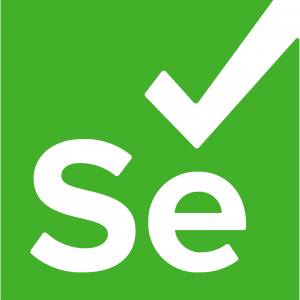

Selenium is an open-source web testing tool that uses a simple script to run directly within a browser. It has a record and playback mechanism tool. You can use this to author tests without learning a test scripting language. Also, this tool provides a test domain-specific language. It includes C#, Java, Ruby, PHP, Groovy, Perl, and Python.
You can deploy Selenium in different operating systems. These include Windows, Linux, and Mac OS. Also, it is compatible with any web browsers.
Selenium’s features include multi-platform and cross-browser support. It also works with different programming languages. It works even in mobile web application testing.


-
IDE
IDE uses Firefox plugin that has GUI for recording actions. It also allows them to use a record of test scenarios to develop test cases.
-
RC
RC allows writing web application UI tests in any programming language and any HTTP website using a JavaScript-enabled browser.
-
Webdriver
This component is an extended version of RC. It supports the latest browsers, platforms, and has better capabilities for automation.
-
Grid
By using Grid together with RC, you can execute a parallel test across different machines and browsers at the same time.
2. TestCompare
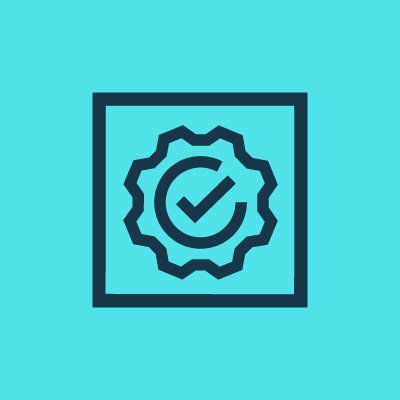

SmartBear Software developed TestComplete for the functional automated testing platform. It is the easiest automated testing tool since it can record script or manually create a keyword-driven operation for playback and error logging tests. This tool helps speed up the testing process. Also, it can improve the quality of the application created.
Moreover, TestComplete is also used for testing different types of applications. These applications can be on the web, desktop, or mobile. It also runs on different operating systems including Windows, Android, and iOS. It is also used in back-end testing and functional testing.
Robot Framework
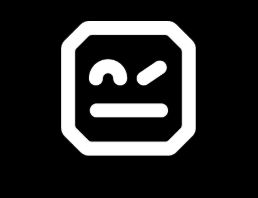

Robot Framework is an open-source framework under Apache License 2.0. It was first created by Nokia Networks. Now, it’s under Robot Framework Foundation. You can use this framework for acceptance testing, acceptance test-driven development, and robotic process automation.
It uses a keyword testing approach and easy-to-use test data syntax. Test libraries and tools are either implemented in Java or Python programming. They are developed as separate projects and are downloadable on Github. Users can create keywords from existing test cases and can use the same syntax.
4. SoapUI
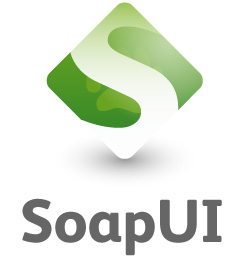

SoapUI is an open-source software tool for testing web services. It uses RESTful web services or HTTP based services. SoapUI also has a Pro edition where it has extra added functionality for companies with critical web services. The different types of testing include functional testing, performance testing, regression testing, and others.
SoapUI requires 1 GB of RAM, 100 MB of disk storage, and 1.6+ version of the Java runtime environment. Since SoapUI is Java-based, it has the capability to run on different operating systems. Beginners and advanced testers can also get proper documentation.
5. QMetry Automation


The use of QMetry Automation software is to develop highly maintainable and repeatable tests. GMetry caters to a versatile platform in a behavior-driven, keyword-driven, and code-driven test approach. Users can reduce costs in setting up test automation in an organization using QMetry. It supports web and mobile applications, and web service test automation. You can use automation testing by using Selenium and other technologies. Further, it provides descriptive reporting on high-level and low-level aspects.
QMetry automation supports Rally, ApTest, HP Alm, and others. It also supports continuous integration using Jenkins, Bambook, SauceLabs, and Perfecto Mobile.
6. HPE Unified Functional Testing


Hewlett Packard Enterprise created the Unified Functional Testing tool to centralize and speed up end-to-end functional testing. Most applications include SAP, Oracle, Mainframes, Embedded frameworks, Salesforce, and almost all types of browsers. With the aid of Application Lifecycle Management (ALM), it executes tests synchronously as the bases for performance tests in LoadRunner.
UFT can also deploy in cloud service applications including Citrix, AWS, and Azure VM environments. Test creation and maintenance are keyword-driven. Features include a record or replay capturing technology. This captures flows directly from the application screens. It has an automatic code snippet function, auto-completion of code, and another additional tool for validation processes during testing.
7. Ranorex Studio


The Ranorex GmbH company developed Ranorex Studio to accelerate automation testing for different platforms, from web and desktop to mobile. One of the main features of this tool is to filter GUI elements using proprietary technology under RonoreXPath. It also has GUI object recognition, object-based record, and replays for user’s interaction with different platforms. Actions recorded are in C# and VB .Net programming languages.
Another feature that this tool has is to support actions such as key press and touch gestures in mobile devices. Ranorex supports different browser platform such as Chrome, Firefox, Safari, Microsoft Edge, and Internet Explorer. It is also compatible with different programming languages such as .Net, VB6, Java, Embarcadero Delphi, JavaScript, and other software such as Silverlight, Flash, and Flex.
8. Watir


Watir stands for Web Application Testing in Ruby. It is an open-source software tool for automation testing in Ruby programming language developed by Bret Pettichord and Paul Rogers. The newest release of Watir is available on RubyGems. It also runs on five different browsers: Internet Explorer, Firefox, Chrome, Safari, and Opera.
9. Squish


Froglogic developed Squish and was first released last November 2003. It is a commercial cross-platform GUI and regression testing tool that can test applications. Furthermore, Squish has the capability of recording test scripts. It can write in Perl, Python, Ruby, and JavaScript programming languages.
Squish consists of two components, runner and server. By using runner, it interprets and executes scripts while the Server controls the application under test by injecting a module into TCP/IP connections. Another good thing is that it runs on different operating systems such as Windows, Linux, Unix, Mac OS, and mobile OS. This tool supports behavior-driven development and testing extended functionality.
10. Leapwork
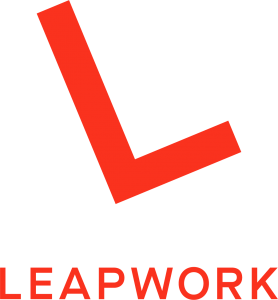

Leapwork software is a tool that permits testers to implement fast, efficient, and codeless automation tests. This software automates manual testing on different platforms. Users of web, desktop, virtual and remote applications can utilize this as well.
Notably, Leapwork software helps carry out repetitive tasks. It has also the capability to automate tasks by using Robotic Process Automation. In addition, Leapwork is best used to automate regression testing processes.
Final Word
All of these software applications have their strengths. The main goal of using these in automation testing is to speed up the task and to lessen human errors committed during manual testing. The success of one application also relies on the credibility of the application. Also, together with help of proper tools and processes, you can achieve a bug-free application. A bug-free application can give an impact on the user’s satisfaction. After all, a happy and satisfied customer is the best business factor of all.
